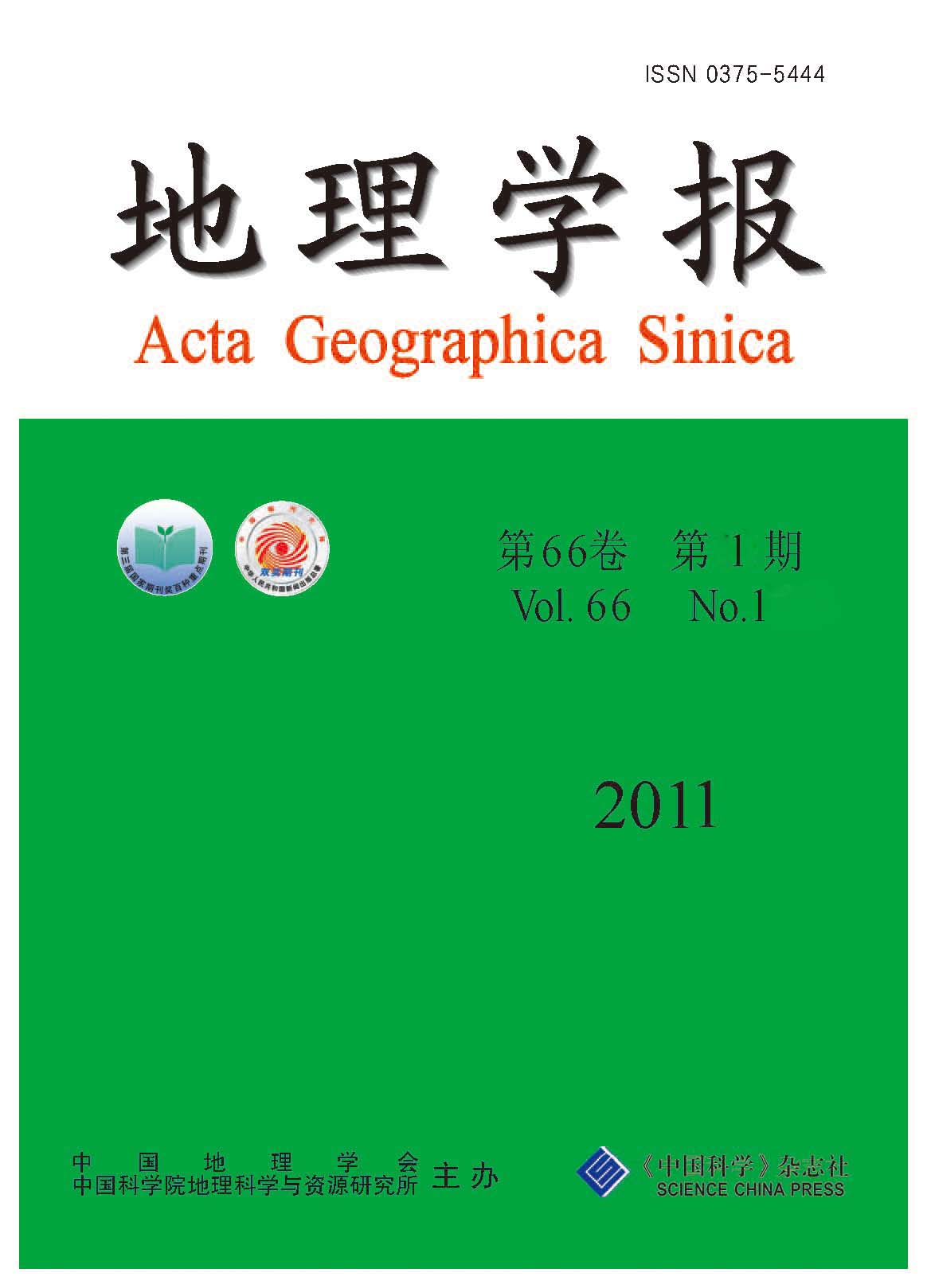ZHANG Geli, XU Xingliang, ZHOU Caiping, ZHANG Hongbin, OUYANG Hua
Global warming, a global concern, has led to significant vegetation changes especially in the past 30 years. The Hulun Buir Grassland in Inner Mongolia, one of the world's three prairies, is undergoing a process of prominent warming and drying. It is necessary to investigate the effects of climatic variations (temperature and precipitation) on vegetation changes for a better understanding of acclimation to climatic change. NDVI (Normalized Difference Vegetation Index), which can reflect characteristics of plant growth, vegetation coverage, biomass, and so on, is used as an indicator in monitoring vegetation changes. GIMMS NDVI from 1981 to 2006 and MODIS NDVI from 2000 to 2009 were adopted and integrated in this study to extract the time series characteristics of vegetation change conditions in Hulun Buir. The responses of vegetation coverage changes to climatic variations from the yearly, seasonal and monthly time scales were analyzed combined with temperature and precipitation data of seven meteorological sites. In the past 30 years, vegetation coverage change was closely correlated with climatic factors, and the correlations were different on different time scales. Annual average of vegetation change was better correlated with precipitation, suggesting that rainfall was the main factor for driving vegetation change. Correlations between seasonal average of vegetation coverage and climatic factors showed that the sensitivity of vegetation growth to hydrothermal condition change was different in different seasons. The sensitivity of vegetation growth to temperature in summer was higher than in the other seasons, while that of vegetation growth to rainfall in both summer and autumn was higher, especially in summer. Correlations between monthly average of vegetation coverage and climatic factors during growing seasons showed that the response of vegetation change to temperature in April and May was stronger, indicating that the temperature effect occurred in the early stage of vegetation growth. Correlations between NDVI of the current month and precipitation of the month before the current month were better from May to August, showing a hysteresis response of vegetation growth to rainfall. Grasses turned green and began to grow in April, and the impacts of temperature on grass growth was obvious, therefore, the increase of NDVI in April might be due to an advanced growing season caused by climatic warming. In summary, relationships between annual variation of monthly vegetation and climatic factors represent temporal rhythm controls of temperature and precipitation on grass growth.
